Whether you’re entirely new to the hobby of photography or you’re upgrading your equipment from a point-and-shoot camera, buying a DSLR is a significant investment. Many options are available in the market, which sometimes becomes challenging to choose the right one.
Almost every camera comes with so many specifications and features that it is quite challenging to distinguish. DSLR cameras are one of the best digital capture technologies that are available nowadays. Their best image quality, speed, intuitive design, and modular capabilities make them the best cameras all across the world. DSLR’s provide the best images with larger pixels, which is the only reason DSLR’s are so popular.
Things to Consider Before Buying a DSLR
Below mentioned are the things that you should always consider before buying a DSLR:
Sensor Size
Sensor Size is possibly the essential feature of your camera, but it’s one that a lot of people don’t know about or understand. The sensor size is a crucial feature of a camera that you should consider before buying a camera. The DSLR has a suitable sensor size that fits all the requirements of a camera. Inside of every DSLR is a picture sensor, which records the image you see with a viewfinder. Then this image is transferred to your memory card. The amount of information that it can capture depends upon the size of the sensor. Moreover, pictures do have more clarity, especially when magnified.
The essential sensor size is known as “full frame.” Full frame sensors have an equivalent extent as 35mm film: 36mm x 24mm. This site provides the best image quality. The DSLRs offer the maximum variety and hence are quite expensive. The cameras that have crop sensors are of smaller size.
Megapixel Resolution
The most significant factor is the sensor size, which contributes to the clarity of your photos, especially at larger scales. Most people think megapixels are essential measures of camera quality. Thereby, one can make an easy mistake as camera and phone manufacturers talk about megapixels all the time. And they are crucial as well but probably not as important as one thinks.
Video Recording

Video Recording is a feature of a camera that you will use on various occasions like a birthday event, parties, or a small get together. So get a camera that has the capability of recording good videos. If you think that you would possibly use your DSLR for video, you must want to look at the video capabilities provided by the camera. For example, some cameras can record full HD 1080p, while some of the cameras can only record up to 720p. Various recording frame rates are available with higher prices, which helps in smoothing out motion, which is way better than lower frequencies.
Modes and Editing Features
All DSLRs accompany a spread of modes, like Action, Night, Landscape, Portrait, and so on. But some entry-level cameras may additionally accompany other methods that are unique to the brand or model, like Panorama, Scene Intelligent Auto, Food, or Guide, which can walk you through the use of the camera.
Lenses

The entry and mid-level cameras come with an option of a kit lens. The kit lens is an 18-55mm zoom lens. These lenses do not have an equivalent quality glass or an equal number of features as costlier lenses, but they are doing the trick. However, if there’s a package deal, you can get an 18–55mm lens, a 50mm prime lens, or an extra telephoto lens. It can help you to decide on your purchase.
Body Details
While most DSLRs, especially at the entry-level, look and feel pretty much the same, still there are some considerations that one requires to keep in mind. For example, some cameras, including LCD view screens, are better than the filters in cheaper models, which can offer you a far better place to review your photos. You should always consider the body details of a camera before purchasing it as the body of the cameras play a vital role in taking the big decision of choosing the camera.
Make an Informed Decision
Deciding to shop for a replacement DSLR may be a big step, and one wants to be sure that you’re choosing the simplest camera according to your needs. Keeping in mind some factors like the megapixel resolution, sensor size, and various other specs, you can always have a better idea of what you are going to purchase. So always make the best decision, so that you will be satisfied with your purchase as well as on your way to becoming a photography enthusiast!
TYPES OF CAMERAS
DSLR

A DSLR camera is that sort of Digital Single Lens camera, which is the first popular sort of camera within the market. The DSLR is very popular among professional photographers. The professional photographers always carry a DSLR with them. It is a mixture of a digital imaging sensor with one lens camera.
DSLR cameras come with a detachable lens. So, you can change the optical lens to support the sort of photography. If you’re doing landscape photography, you’ll mount a right-angle lens and for wildlife photography, a zoom lens.
Mirrorless
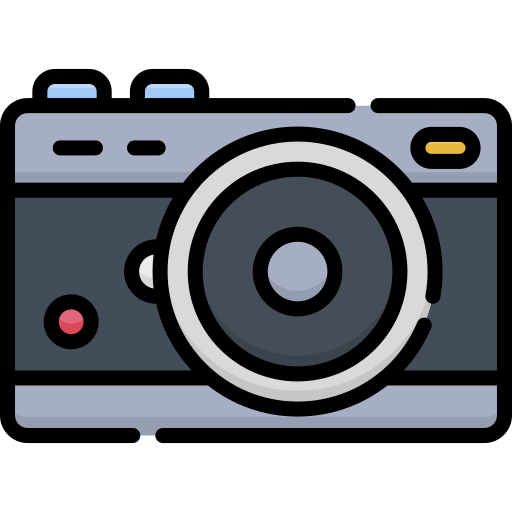
A mirrorless camera is a DSLR camera without an optical viewfinder. Hence mirrorless cameras are light in weight as the viewer is missing from the mirrorless cameras.
Image falling on the camera sensor is often seen directly on the viewfinder, which makes mirrorless cameras of very less weight and hence making them easy to handle.
The mirrorless camera comes with both Crop frame camera bodies and full-frame camera bodies. The best full-frame mirrorless body camera is the Sony A7RIII, whereas Nikon and Sony even have their mirrorless camera bodies.
Action Cameras

Action cameras/ GoPro Cameras are known for its miniature size, capable of fitting into many places where it’s tough to mount standard cameras. These cameras are handy and need fewer operations to function.
Action Camera can is used to capture images, record videos, and for time-lapse photography too. Lots of mounting options are provided in Action Cameras as it mounts on helmet, wrist, body, or vehicles.
Point & Shoot
Point and Shoot cameras are compact cameras that are useful for capturing your beautiful moments with your loved ones and your friends. These cameras are best suited for those who just want to capture images and are not interested in any sort of photography.
They come with a hard and fast lens and variable focal distance. The option of telephoto reach is not available in a point and shoot camera. Hence, it’s the simplest camera for documentation purposes.
Phone Cameras

Nowadays, we do get a fantastic camera inbuilt in phones itself. Almost all smartphones equipped with dual cameras. One is in the front for the selfies and others at the back.
Some phones have dual cameras at the rear, one for portrait shots and the other for regular shots. With the assistance of software, they will get DSLR-like blur effects on the photos.
Camera sensors

The light that is coming in, from the lens, falls on the sensor, which captures the light and all details to produce an image. The sensor is a defining factor for a DSLR, and that determines the size of the image, resolution of the image, low light performance of vision, depth of field, and the lenses. The camera’s size is an essential aspect of the sensor as it determines the physical size and cost of the DSLR.
Mainly there are two types of camera sensors. They are as follows:
CCD (Charge Coupled Device)
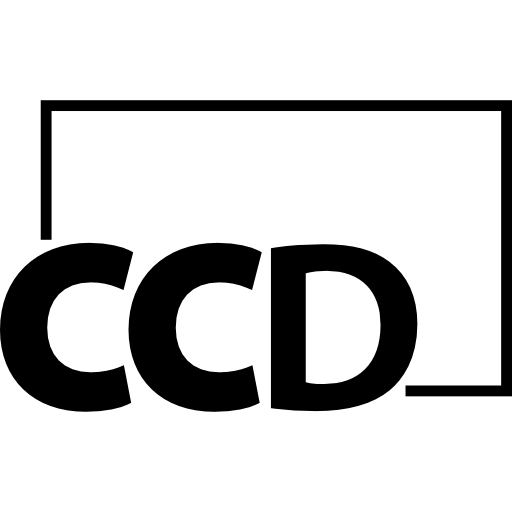
CCD sensors come with a better quality of hardware that provides superior quality of image, better range, and noise control. These cameras consume more power than usual ones. Only a few cameras contain CCD sensors which are available in the current market.
CMOS (Complementary Metal-Oxide-Semiconductor)

Usually, cameras with CMOS sensors are cheaper than those with CCD sensors. They consume less power. Panasonic, Olympus, and Leica use a different type of CMOS sensor technology called the MOS or NMOS sensor. This sensor can achieve CCD-like image quality with lower energy consumption.
Difference between CCD and CMOS
When we talk about CMOS sensors, one can say that it consumes less power, which gives the camera a better battery life, whereas CCD sensor-type cameras consume more power.
The DSLR with CMOS sensor is less expensive as compared to the DSLR with the CCD sensor.
CMOS sensors are of newer technology and are fast catching up if not surpassing CCD sensors in terms of output.
Sensor Size

Currently, there are two main sizes of image sensors in DSLRs that are full-frame and APS-C, and both of them have their benefits as well as there are some drawbacks. The DSLRs with APS-C-sized sensors, called DX-format or cropped sensors, are the most common sensor size found in most entry-level, mid-range, and even some professional-grade DSLRs.
This size of the sensor size is slightly smaller than a full-frame sensor, which has a traditional length of 35mm film-frame area, which is about 36 x 24mm. DSLRs with APS-C sensors measure approximately 23.5 x 15.6mm, with some variance between manufacturers.
The smaller sensor size gives a narrower apparent field of view to the person when shooting with the same focal-length lens. It happens because the sensor is essentially a predefined crop of the image circle representing 35mm/full-frame terms, which is why it is known as “crop sensor.” The practical “crop factor” of a DSLR used with APS-C sensors is approximately 1.5x for most of the brands. Canon is of 1.6x, which determines a representative focal-length equivalent for lenses.
Since the field of view is narrower for an APS-C sensor than a full-frame sensor, a 50mm focal length on an APS-C camera provides the same opinion as provided by the 75mm lens. The APSC-sized sensor does have added sense of reach used for the photography in which the longer focal lengths are required, like the shooting of wild animals.
On the other hand, a full-frame sensor offers higher image quality due to its larger physical size. Hence, there is physically more storage capacity on the sensor. One can compare the medium format film with 35mm film, only when a full-frame sensor to an APS-C sensor can acquire higher color gradations and tonal fluency, as well as improves low-light performance.
Therefore, higher ISO ranges and lessens image noise—the size of the actual pixels is much larger. As there is no crop factor related to a full-frame camera, there is an enormous array of prime wide-angle lenses available.
One can say that the physical size of the camera is also a derivative of the sensor size. Moreover, APS-C cameras tend to be smaller and lighter when compared to their full-frame counterparts.
Resolution
More is the resolution; more clearer will be the pictures.
Let’ know about resolution in details:-
Understanding the role of Megapixels:
If a camera originates an image of 3000 pixels wide and 4000 pixels long, the actual resolution is said to be 3000 x 4000 = 12000000, i.e., 12 million pixels or 12 Megapixels (MP). This resolution is sufficient for high-quality prints, even on a size of 50 X 66.67 inch (or 4ft x 5.5ft). The output will still be of good quality as it will have 60 dots per inch (60 DPI) resolution.
Connectivity
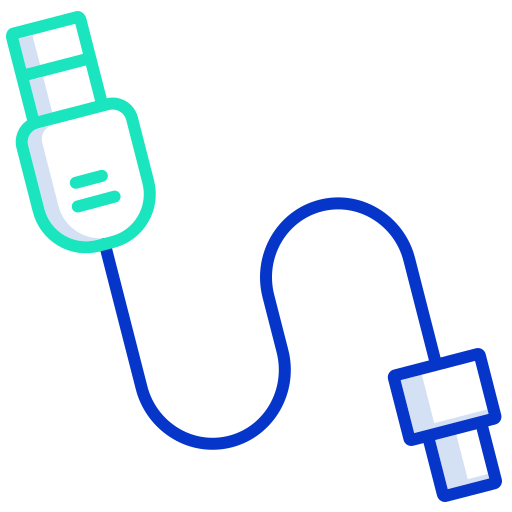
A modern DSLR camera can easily with the help of advanced technology that allows for the sharing of images or viewing the image with others. One has to choose the best from them, and also, they should select a DSLR with technology that can easily be connected.
Lenses

One of the essential characteristics that a person should consider when choosing their ideal DSLR is its compatible system of lenses. Condenses are the most critical tools for elevating an image’s actual quality, and that can be the deciding factor between the professionally rendered photographs and average snapshots.
One can say that the choice of a DSLR directly affects the type of lenses used by the person, and this is the first crucial step. One has to take into consideration any currently owned glasses and whether they are compatible or not. Lenses are a long-term investment of the person over time regarding photography equipment, and too with camera bodies fluctuating more quickly.
Types of Lenses
Two kinds of Camera lenses are as follows:-
Prime lens
Prime lenses are the most helpful while capturing the portraits where the person requires sharp focus and wide aperture. These lenses have only one focal length, so a person can’t zoom in or zoom out. But their simple design provides the person with refined visuals and also higher quality images.
The standard 50mm lens of the DSLR does the primary job of capturing the portraits, close-ups with shallow depth of field, and even good bokeh effect. There are other lenses, too, like 35mm, 85mm, which are not that expensive, and a person can consider it.
While these lenses may not provide you zoom feature and require you to physically move to choose the correct shot, limiting to fixed focal length allows you to explore and experience many things that standard lenses won’t let you do.
Zoom Lens
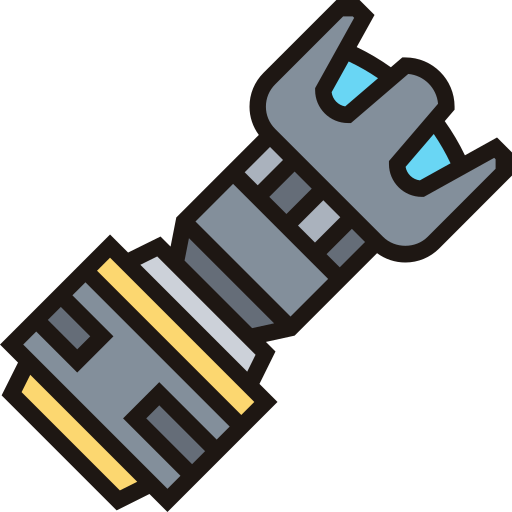
There are many advantages of a zoom lens. They are ideal when the person is photographing a variety of subjects such as landscapes and portraits, and they just want one lens for both situations. A person using a zoom lens reduces the number of times a person needs to change it, saving time and limits and getting dust within the camera’s mirror box or on the sensor.
Focal Length
The focal length of a lens represents in millimeters (mm) that is the generic description of a photogenic lens. We don’t consider it as a measurement of the actual length of a lens, but rather an optical distance calculation from the point where the light rays converge to create a sharp image of a material to the digital sensor or 35mm film at the focal plane in the camera. When the lens concentrates at infinity, the focal distance of a lens becomes perfect.
Lens focal length tells us about the angle of view of how much of the scene will capture and the magnification, which reveals how significant individual elements will be. More is the focal length of the lens; more is the magnification, and the angle of view is narrow. The shorter the focal length of the glass, the wider is the angle of light, and the lower the magnification.
Aperture

The lens diaphragm opens inside a photographic lens, referred to as aperture. The actual size of the diaphragm opening in a camera lens regulates the amount of light that passes through the film inside the camera. Hence, it is the moment when the shutter curtain privately opens during an exposure process.
Wide-angle lens
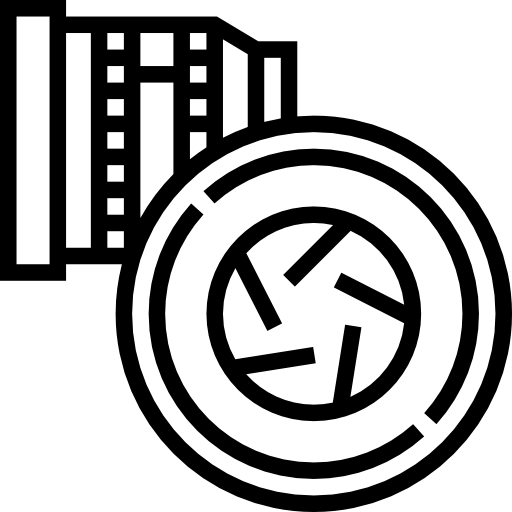
The wide-angle lens of the DSLR has small focal lengths (18-30mm) and is useful when the person is trying to capture a broader area. The Landscape shots fit perfectly in the wide-lens frame where a person works shooting scenic beauty and interiors and pulls more of the photograph’s subject.
These lenses extend the possibility for the person to capture more in an image, but they also have a few shortcomings. For instance, if a person is taking a shot of a building from a low angle with the subject in horizontal alignment, then they can experience distortion. The expensive wide-angle lenses can rectify this issue or, a person can use photo editing tools to make the corrections.
Telephoto lens

The telephoto lens is the one that removes the barricade of physically getting closer to a subject to capture it. These lenses are ideal for people who love wildlife photography, where they try attracting animals, birds, etc. from afar. A telephoto lens is the one that flattens depth, and at times it makes the subject appear artificial.
But these telephoto lenses do a perfect job of isolating an individual’s subject matter to keep the foreground sharp. Those lenses which are from 100mm and above are suitable for capturing a subject that is far away. But while these telephoto lenses magnify everything, it is necessary that the person also has optical image stabilization to avoid motion blur when they hold the camera in their hand rather than a tripod.
Macro lens
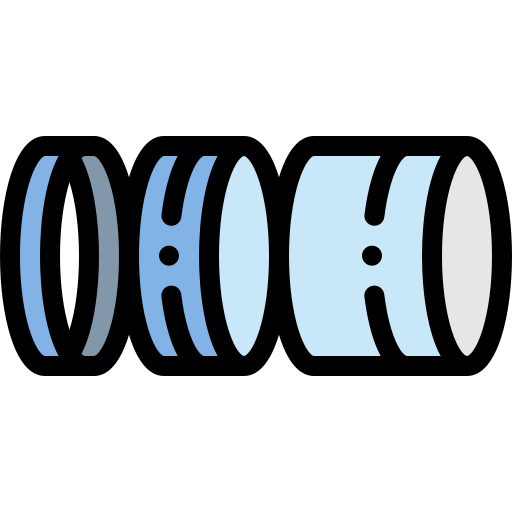
Macro lenses come in handy when the person is trying to shoot small objects from up close. Macro lenses magnify all the short subjects and offer close focusing distance. There are some macro lenses available in the market that provides magnification of up to 10x. Macro lenses that have a focal length between 90mm to 105mm are best suited to shoot extreme close-up shots.
These lenses have convenient minimum focus distance from the object, and these lenses also add a natural effect to the image. These lenses can capture sympathetic portraits, just like the prime lenses. Those types of macro lenses that have an aperture around f/2.8 are suitable for auto, and manual focus and image stabilization can perform the trick of capturing a buzzing bee, insects, etc., up-close.
Fish-eye lens
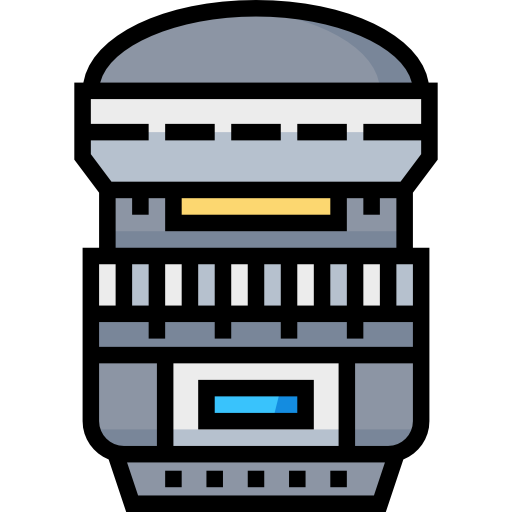
Fish-eye is the ultra-wide-angle lens that is useful when trying to fit in almost everything possible in the frame. Fisheye lenses are trendy in artistic photography, vast panorama, extreme sport, etc. The fisheye lenses have an enormous field of depth, which means one will be able to take sharp images from the foreground and background.
Design and Functionality
Most of the DSLRs fit precisely in one’s hand.
The buttons and dials are placed correctly on the camera so that you do not face any problem.
Most of the displays are touch screens today, and they require proper skills and training to function. One has to ensure that the DSLR that they purchase is right for them.
Exposure Triangle
The exposure triangle could also be a standard way of associating the three variables that help to determine the exposure of a photograph. These include aperture, shutter speed, and ISO. We have to fix all of them to understand the desired result where an adjustment of a minimum of 1 among the others is compulsory.
Aperture

Aperture could also be a measurement of how to open or close the lens. A wider gap means more light can get in by the lens, simply because the opening is more substantial. A narrow aperture allows less light to achieve the sensor.
Shutter Speed
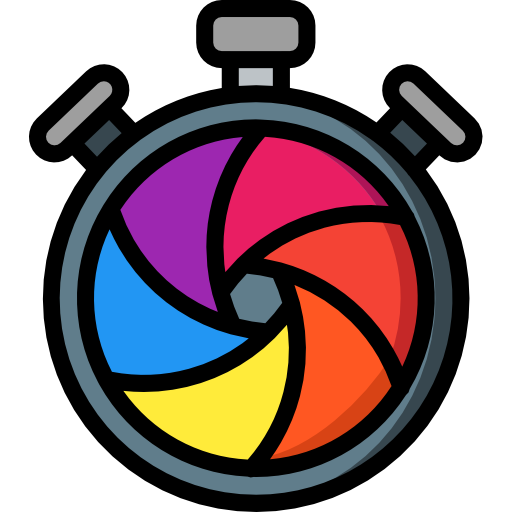
Shutter speed could also be a measure of how long the shutter remains open and how much the sensor exposed to the light. Faster shutter speeds help the sensorless time to collect light and, therefore, end during a lower exposure. Slower shutter speeds allow longer for the sensor to receive light and end during a better exposure.
ISO
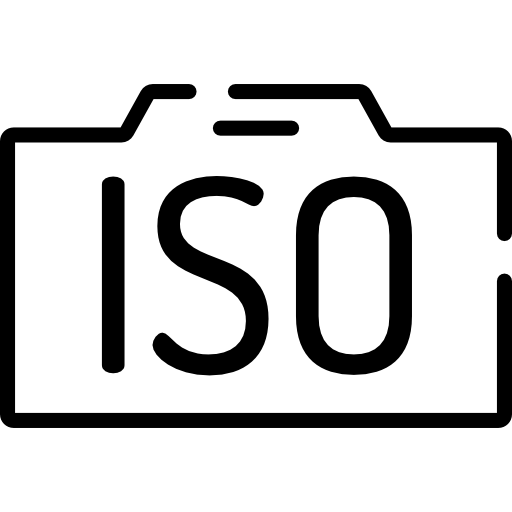
Nowadays, we control the sensitivity of the digital sensor on the fly, though technically, we’re not managing the sensitivity; this controls a post-image gain applied to the signal, except for all intents and purposes. One can consider this as sensitivity. Whenever you double the ISO (for example, from 200 to 400), the camera needs only half the utmost amount of light required for the same exposure.
Hence the shutter speed of 1/250 at 200 ISO, going to 400 ISO, would allow you to urge the same exposure at 1/500 second (providing the aperture remains unchanged), which is often why high ISOs are so commonly used indoors, like for sporting events. For fast shutter speed, the photographers tend to choose ISO 1600 or above.
Video

With the increase of many amazing VDSLR (Video Digital Single Lens Reflex) cameras in today’s world, such as the Canon 7D or the Nikon D3S is coming to the prosumer market and the consumers using of HD DSLR video is continuously increasing.
There are many DSLR cameras now to shoot HD video, and it has been around for some time. Still, there are advantages of using a DSLR for video production. On the recent shoot with the use of a Canon 7D camera to get some good depth of field on a few shots. After the experience, there is a list of some pros while shooting a professional video with a DSLR.
PROS:
Accessories
External Flash

The flash that comes together with your DSLR camera is weak. If you are shooting a lot of pictures indoors (for example, taking photographs indoors) in a low light environment, you need to get an external flash that mounts on top of your DSLR camera.
Camera Bag

A top quality DSLR camera bag is essential to guard your camera. The safety of the camera is paramount. So always purchase a good quality camera bag.
Batteries
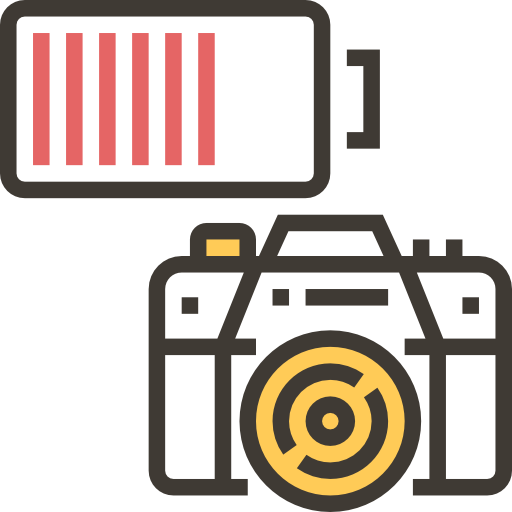
When you are on an extended vacation, you need to have a couple of spare batteries in your bag. Get an extra battery and put it in your camera bag now itself as you’ll never know when you’ll need one.
Tripod

Tripod is one of the simplest accessories of your camera that makes a good impact. Always purchase a lightweight, good quality tripod, which is then easy to carry around.
Cleaning kits
A person can require a cleaning kit any time during their trip or clicking photos, so it is essential to have one.
External microphone

To record the voice, sometimes, an external microphone is also required.
Conclusion
There are a variety of cameras available in the market. Sometimes, it becomes difficult for people to choose the best camera according to their needs and requirements. So it is always advisable to see all the features of the DSLR and know all the things that are explained above before buying any DSLR. Moreover, it is compulsory to understand all the aspects of a DSLR before using it as it will benefit them for a longer time. Investing in a camera is about investing in technology and an investment that will help you shortly. So do a proper analysis of the cameras before purchasing.

